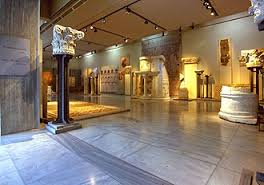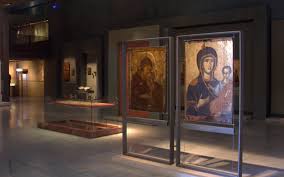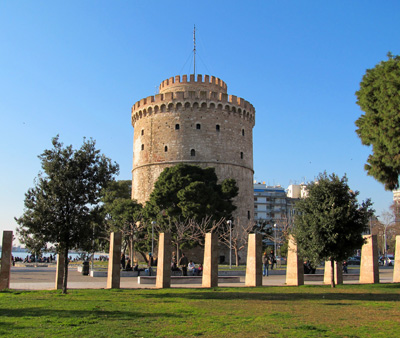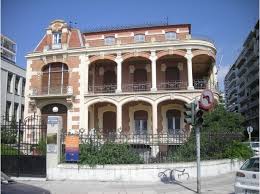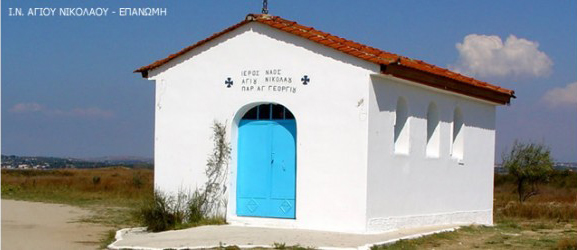beaches near Perea.

Discover our guide to beautiful beaches near Perea. They are all presented with detailed description and photos. Just a stone’s throw from Perea lie some of the most beautiful beaches in Greece. Endless sandy shores with clear-blue seas, crowned by lush vegetation, offer a pleasant break for one or more days, just a short distance from the emblematic Thessaloniki.
Asprovalta Beach
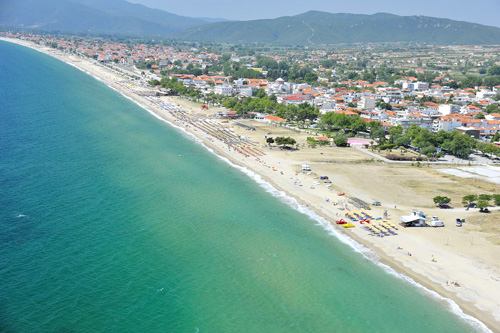 Asprovalta beach Thessaloniki: Asprovalta is a big tourist resort about 80 km west of Thessaloniki. Located in the centre of Striminokos Gulf, this small town comes alive mostly in summer with tourism. Many hotels and tourist facilities are found in the area, as well as some campings.
Asprovalta beach Thessaloniki: Asprovalta is a big tourist resort about 80 km west of Thessaloniki. Located in the centre of Striminokos Gulf, this small town comes alive mostly in summer with tourism. Many hotels and tourist facilities are found in the area, as well as some campings.
The town stands in between a lush green forest of plane and pine trees and the sea. The long bech has crystal water and some parts of it are organized. Around Asprovalta, there are also other beautiful beaches, like Nea Vrasna and Akrogiali. A few km south, you can visit the eastern part of Halkidiki and Mount Athos. On the east of Asprovalta, there is Kavala, the archaeological site of Philippi and Keramoti, where boats to Thassos leave.
Epanomi Beach
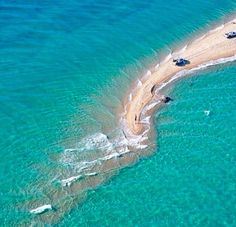 Epanomi beach : Epanomi is a suburb town about 25 km south of Thessaloniki and just 10km from Perea. This town has a long and nice beach that gets much crowded in summer. With a lot of accommodation options, taverns and cafeterias in the area, Epanomi is a comfortable resort frequently connected to Thessaloniki by bus. A few km to the south, there are the lovely beaches of Halkidiki, so Epanomi works as kind of a connection centre between Halkidiki and Thessaloniki.
Epanomi beach : Epanomi is a suburb town about 25 km south of Thessaloniki and just 10km from Perea. This town has a long and nice beach that gets much crowded in summer. With a lot of accommodation options, taverns and cafeterias in the area, Epanomi is a comfortable resort frequently connected to Thessaloniki by bus. A few km to the south, there are the lovely beaches of Halkidiki, so Epanomi works as kind of a connection centre between Halkidiki and Thessaloniki.
Agia Triada Beach
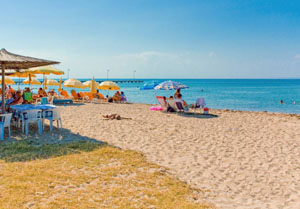 Agia Triada beach : Agia Triada is the most organized and beautiful beach close to Thessaloniki, next to Perea. Located only 22 km from the city centre, this beach is frequently connected to Thessaloniki as buses leave every half an hour.
Agia Triada beach : Agia Triada is the most organized and beautiful beach close to Thessaloniki, next to Perea. Located only 22 km from the city centre, this beach is frequently connected to Thessaloniki as buses leave every half an hour.
Agia Triada is a long beach with crystal water. The coast is organized with umbrellas and sunbeds, while you will find many hotels, taverns and cafeterias in the area. For more facilities, visitors can go to the close villages of Nea Michaniona and Epanomi, while the beaches of Halkidiki are a few km drive to the south.

